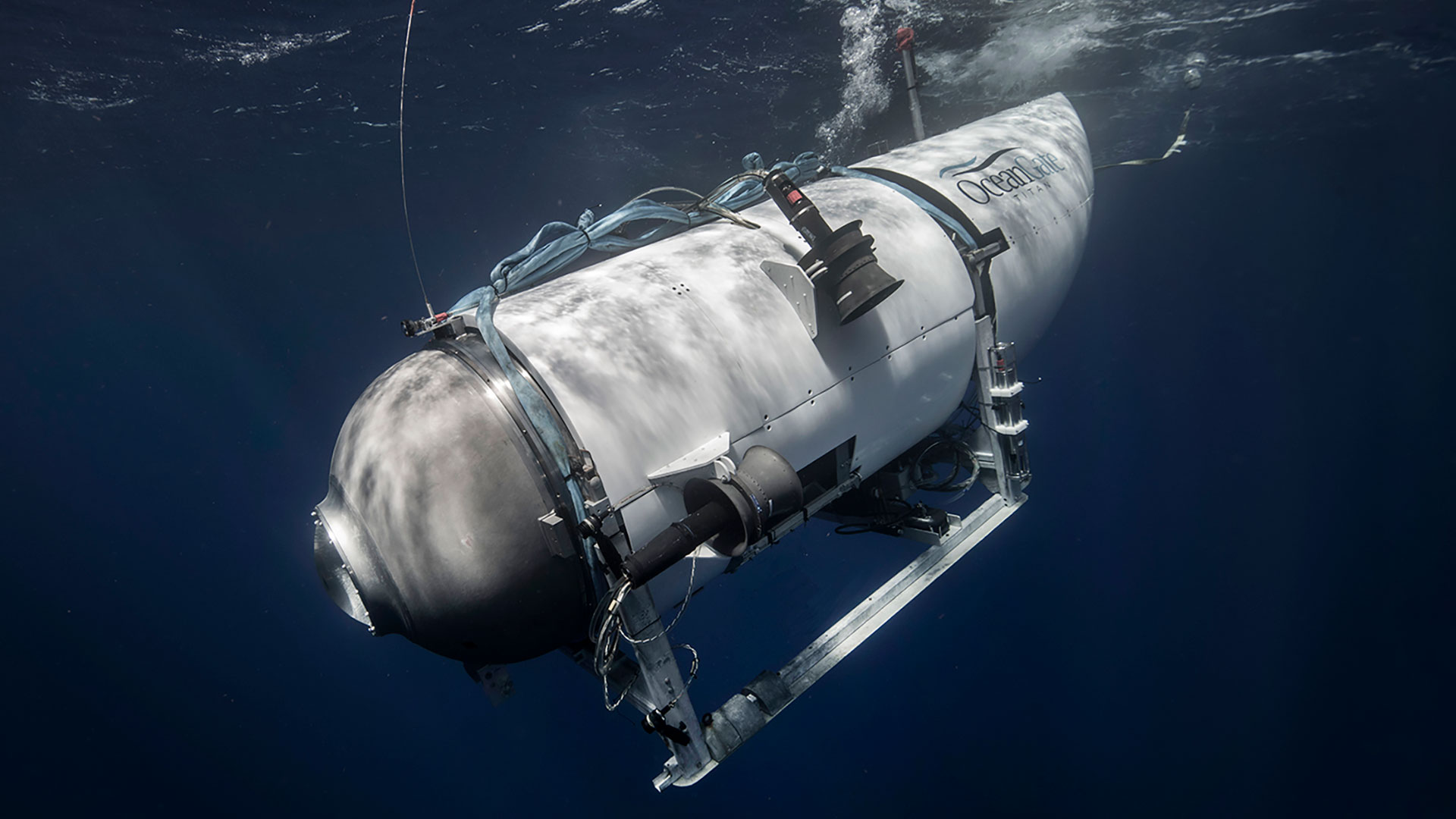Sightseeing gone wrong as five people go missing on an underwater trip to see the Titanic
As it is said, “anything that can go wrong, will go wrong.” And inside a hunk of metal submerged 13,000 feet below sea level, there’s a lot to go around.
Five people have been reported missing after embarking on a supposedly 10-hour round trip to the wreck of the Titanic. Rescuers are racing against the clock to find the vehicle before its oxygen reserves amounting to around 96 hours run out.
The tour was carried out by the tourism and research company OceanGate. Their ‘Titanic Expedition’ is an eight-day mission with a two-fold purpose: to view the wreck from a tourist’s point of view, and to conduct a scientific survey of the ship and the surrounding area. Joining the trip costs $250,000 per person.
Here’s everything you need to know about the missing Titanic submersible.
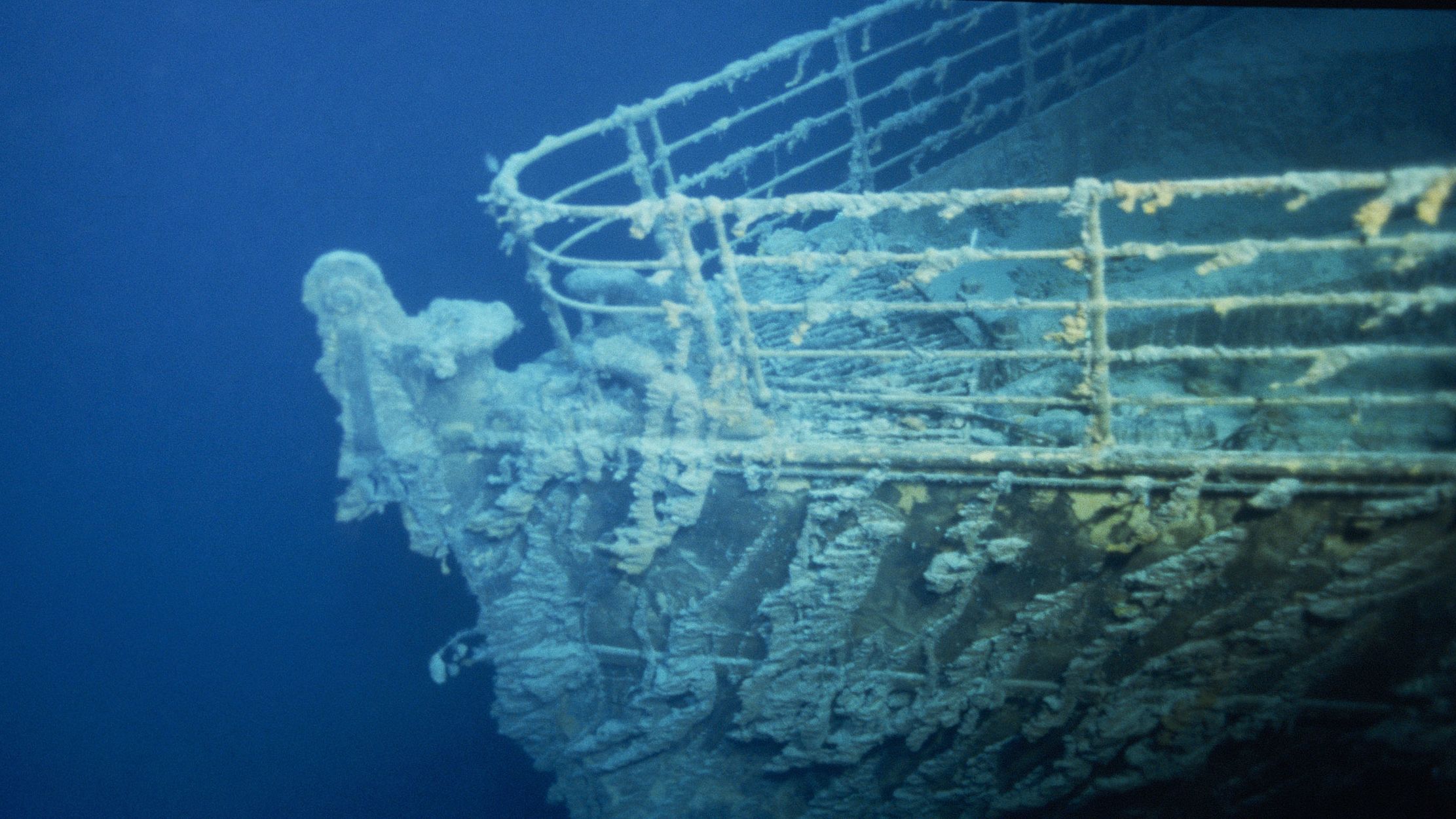
What happened?
The expedition is located approximately 380 nautical miles south of Newfoundland. The submersible was set to make a deep dive to a maximum depth of 3,800 meters (12,800 feet). According to Insider, the Titan “went off the radar about one hour and 45 minutes into its descent off the coast of Cape Cod, Massachusetts.” The report spurred international cooperation between the US Coast Guard, US Navy, US Air Force, Canadian Coast Guard, and Canadian military.
“Communication between the [‘Titan’] and its mother ship, the Polar Prince, [last] came in at 11:47 a.m. Sunday. The sub was expected to resurface at 6:10 p.m. but did not do so, and authorities were notified at 6:35 p.m., according to Miawpukek Maritime Horizon Services,” courtesy of CNN.
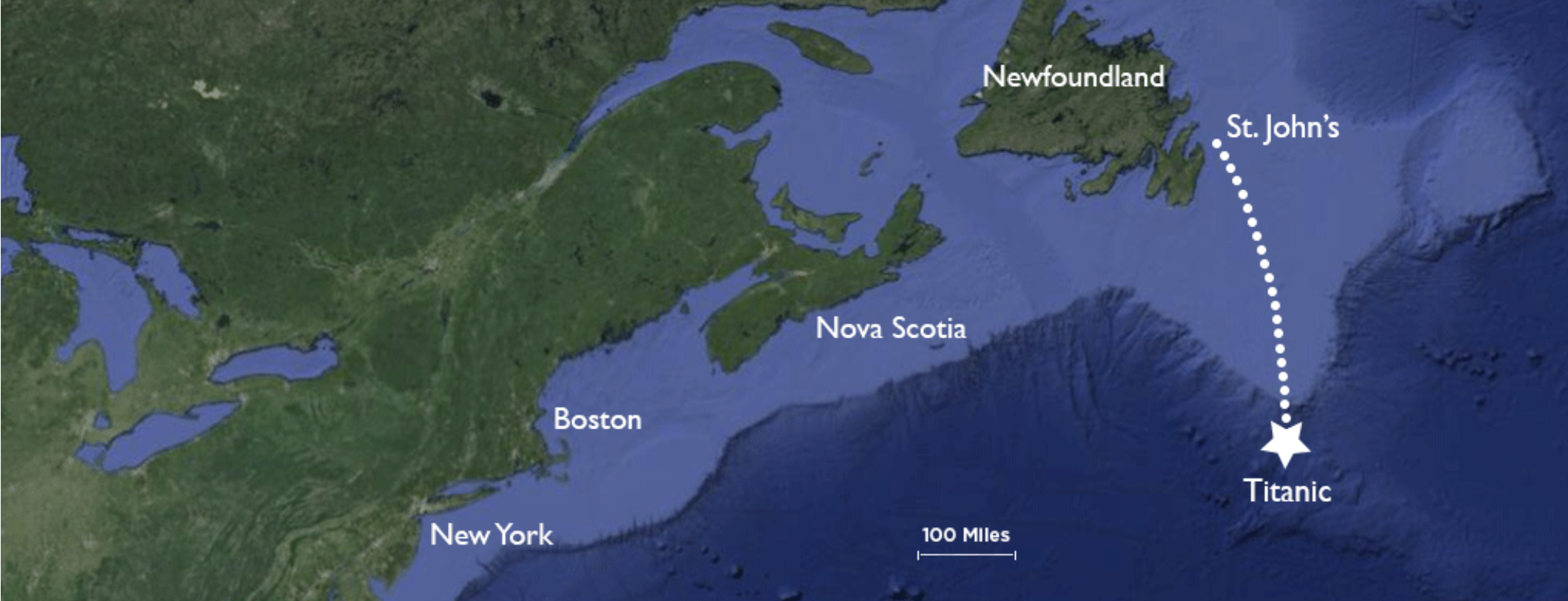
The Titan submersible
The submersible of interest is the ‘Titan,’ also built by OceanGate. The missing vehicle is a “Cyclops-class” submersible built to carry five people (one pilot + four crew members) to depths of 4,000 meters (13,123 feet). It is made out of carbon fiber and titanium and weighs 10,432 kg (23,000 lbs). Its life support is designed to last for 96 hours.
According to the OceanGate website, the ‘Titan’ “is lighter in weight and more cost efficient to mobilize than any other deep diving submersible.” They added, “the use of off-the-shelf components helped to streamline the construction, and makes it simple to operate and replace parts in the field.”
To differentiate from a submarine, a submersible carries limited power and requires assistance from a support ship for launch and recovery. Stefan B. Williams, a professor of marine robotics at the University of Sydney, shared with Insider that vehicles similar to the Titan are “usually designed to either drop weights or inflate floaters automatically to bring them back to the surface if something goes wrong,” – a hope that the submersible’s communication system was the only one to have failed.
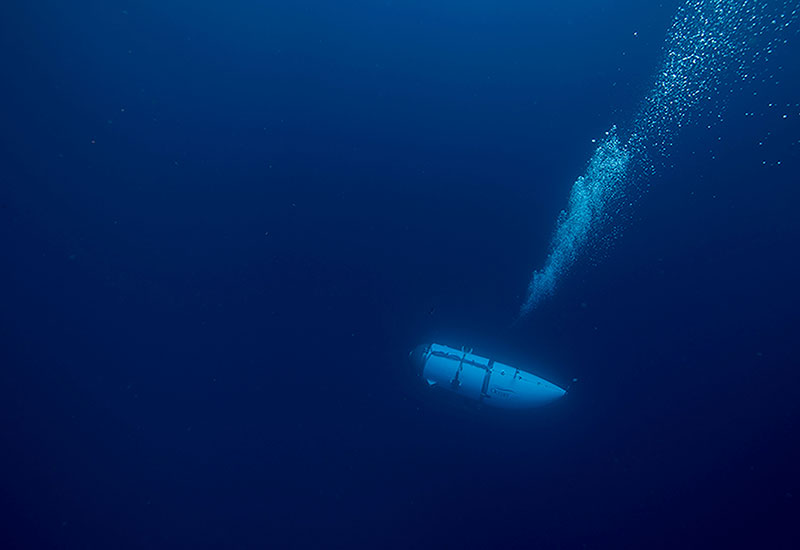
According to CBS correspondent David Pogue, who had gone aboard the ‘Titan’ to view the Titanic wreck beforehand, paperwork that had to be signed prior to the trip read: “This experimental vessel has not been approved or certified by any regulatory body, and could result in physical injury, emotional trauma, or death.”
He also observed that “many pieces of this sub seemed improvised, with off-the-shelf components. Piloting the craft is run with a video game controller.”
Stockton Rush, the CEO of OceanGate, said that they “worked with Boeing and NASA and the University of Washington. Everything else can fail, your thrusters can go, your lights can go. You’re still going to be safe,” asserting the sea-worthiness of the vessel.
(Boeing and the University of Washington however have denied association with the construction of the ‘Titan’ according to CNN.)
During his time with the company, Pogue noted that their first expedition failed only 37 feet in underwater “when floats came off the platform.”
On their second try, they were lost and couldn’t find the wreck. “There’s no GPS underwater, so the surface ship is supposed to guide the sub to the shipwreck by sending text messages,” said Pogue.
The third time’s a charm, however, as they finally spotted the historic ship on their last attempt.
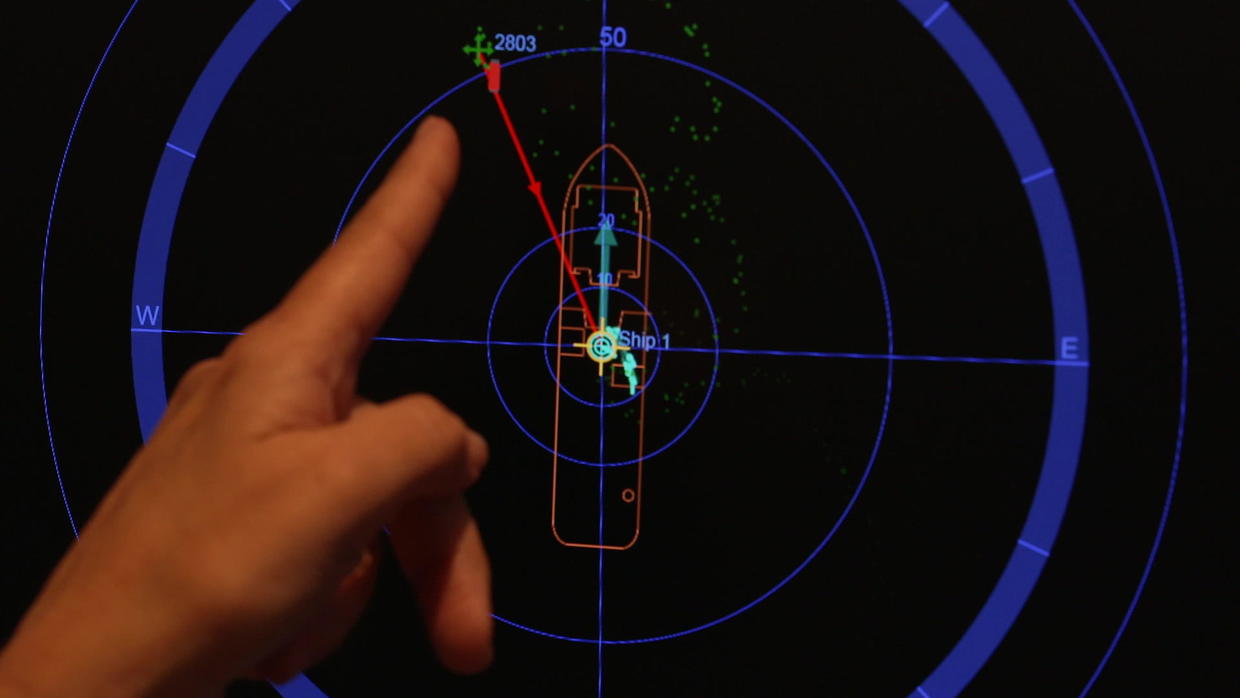
Who was aboard the submersible?

Aboard the ‘Titan’ were Hamish Harding, Shahzada Dawood and his teenage son, Suleman, Paul-Henri Nargeolet, and Stockton Rush.
Hamish Harding is the chairman of Action Aviation, “a global sales company in business aviation. Action Aviation offers a wide range of services including aircraft brokerage, aircraft management, and aircraft financing.”
A statement by Action Aviation reads that Harding is a licensed Air Transport Pilot and a holder of three Guinness World Records.
Shahzada Dawood is the vice chairman of Dawood Hercules, an investment and holding company based in Karachi, Pakistan. His son Suleman Dawood is 19 years old and a student at ACS Cobham, an international school in London.
Paul-Henri Nargeolet has led six expeditions to the ship’s wreckage site and is known as “Titanic’s Greatest Explorer.” He is also a former French navy officer and the director of underwater research for E/M Group and RMS Titanic Inc.
Stockton Rush is the CEO of OceanGate and is also the pilot of the missing Titan. “Rush became the youngest jet transport rated pilot in the world when he obtained his DC-8 Type/Captain’s rating at the United Airlines Jet Training Institute in 1981 at the age of 19,” according to OceanGate.
Ongoing rescue efforts
Rescuers are racing against the clock with the submersible’s 96-hour life support capacity in mind – “the vessel’s air supply could run out Thursday morning,” shared the Associated Press.
Most recently, a Canadian surveillance aircraft “detected underwater noises in the search area,” shared the United States Coast Guard. However, these “yielded negative results” thus far. Many are hopeful that these sounds could be coming from inside the submersible, but others think that it could also be coming from debris floating around the wreck.
Canadian P-3 aircraft detected underwater noises in the search area. As a result, ROV operations were relocated in an attempt to explore the origin of the noises. Those ROV searches have yielded negative results but continue. 1/2
— USCGNortheast (@USCGNortheast) June 21, 2023
As of Thursday evening, June 22, 2023, the US Coast Guard located a debris field in the North Atlantic, suggesting that the ‘Titan’ suffered a “catastrophic implosion.” No bodies have been recovered as of late, but authorities managed to locate numerous components of the submersible. “The debris is consistent with a catastrophic implosion of the vessel,” shared Rear Adm. John Mauger, commander of the First Coast Guard District.

